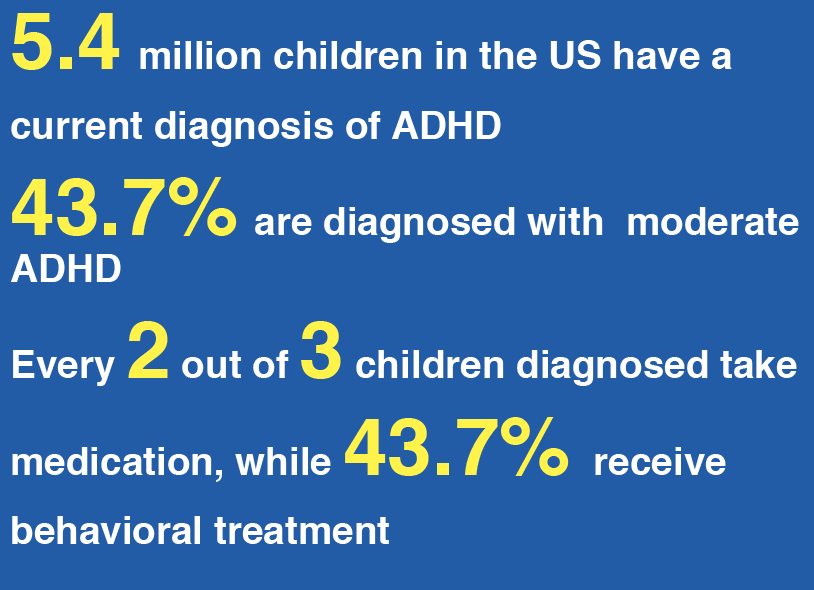Focusing In On ADHD
A look at the disorder that continues to be misdiagnosed
Today, we live in a culture that is basically asking our attention spans to shorten. We watch clips instead of episodes, read paragraphs instead of books, and look at social media apps to see the news instead of newspapers. Apps and companies recognize that nowadays, they will be most successful by displaying their content in short clips. Two examples are Twitter with a 280 character limit and Snapchat with a 10 second video limit.
For many kids who have grown up in this world where technology is a source of constant entertainment, it makes sense that when they are forced to read a book or sit in an hour long class, anyone may have trouble doing that. However, one cannot make the assumption that his lack of focus suggests that he has ADHD.
Attention Deficit Hyperactivity Disorder (ADHD) is a chronic neurodevelopmental disorder that is divided into three groups, each with distinctive characteristics. First, predominantly inattentive presentation refers to those who can be forgetful, easily distracted, or imprecise. Second, predominantly hyperactive-impulsive presentation describes people who are very hyper, fidgety, and impatient. The third category, called combined presentation, is when symptoms of predominantly inattentive presentation and hyperactive-impulsive presentation are both prevalent.
While the symptoms above may seem relatively easy to notice, it is important to know that ADHD cannot be self-diagnosed. A diagnosis comes from a psychologist, psychiatrist, or pediatrician with the use of the DSM-5 medical manual. According to the Centers for Disease Control and Prevention (CDC), “This diagnostic standard helps ensure that people are appropriately diagnosed and treated for ADHD”.
In many circumstances, many people overuse or misuse the term ADHD just because they don’t understand its context. Whether one claims he has ADHD as an excuse or that ADHD isn’t actually a disorder, it is hard to put oneself into the shoes of one who has been tested positive for ADHD.
“It can really be difficult when I need to focus on one thing in particular. It takes me forever to do my homework because I am constantly getting up to do other things. In class, it’s super easy for me to start thinking the most random things like wondering what someone had for lunch,” said Kathryn Kramer, senior.
People with ADHD don’t necessarily are not distracted from other things, but instead just struggle to focus on the task at hand. For senior Francie Akins, she takes Vyvanse in order to be more concentrated at school.
“I get just as distracted as other people even on the medicines, but I can’t focus on one thing without them. However, I don’t like them because they make me lose my appetite,” said Akins.
While Kramer doesn’t take medicine, she has turned to sports to treat ADHD.
“Sports really help me channel my focus. It gives me a break in between school and homework. Also, they help me get out some of my hyperness so I am able to settle down and focus,” said Kramer.
As for the claim that technology is directly correlated with ADHD, Tanya Sefrit, a School Psychological Examiner, explains why technology cannot cause the disorder.
“It is the ability to sustain attention during non-preferred tasks that indicates attention concerns. I do feel technology increases society’s need for immediate gratification. We want what we want now, without having to wait. People with ADHD also have a need for immediate gratification. But that is just a similar trait, technology is not causing ADHD…ADHD is a mental illness that should be treated by a doctor, just like a physical illness would be treated,” said Sefrit.
While ADHD is certainly a legitimate disorder, it has not hindered many people from accomplishing great things. Michael Phelps, Jim Harbaugh, and Justin Timberlake are a few celebrities who have been diagnosed with the it. That being said, some of the most enjoyable people to be around happen to have ADHD.
*Data from 2016 National Survey of Children’s Health




